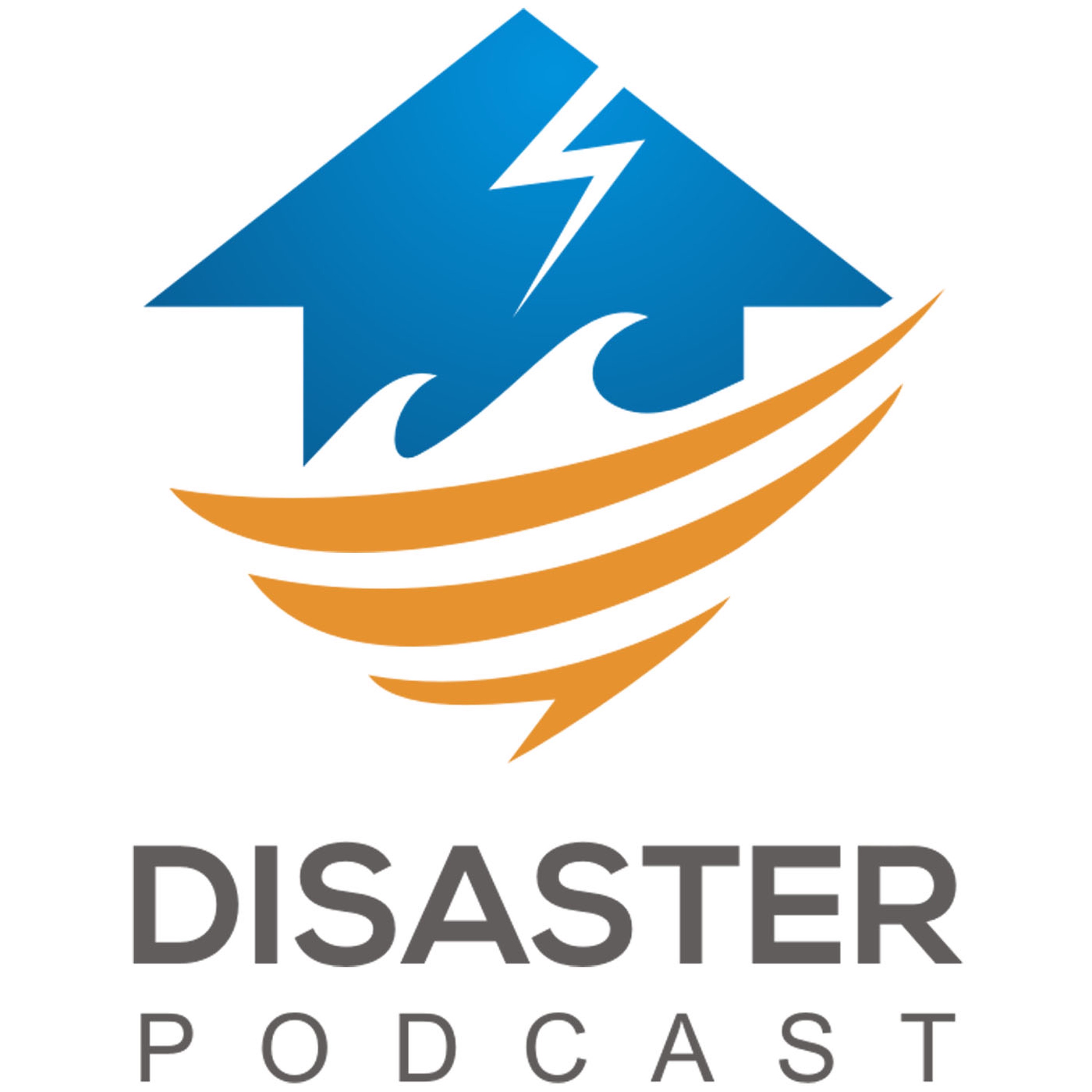What’s in Your Disaster Prep 72-Hour Kit?
Podcast: Play in new window | Download
Subscribe: Apple Podcasts | RSS | More
 What do you have in your 72-hour emergency disaster kit? Do you have one at home, at work and for your car? These are the questions we ask this week on the Disaster Podcast. Hosts Jamie Davis, the Podmedic, and Sam Bradley were joined by Dr. Joe Holley from Paragon Medical Education Group and Tennessee Task Force One USAR team to talk about this important disaster response and preparedness topic.
What do you have in your 72-hour emergency disaster kit? Do you have one at home, at work and for your car? These are the questions we ask this week on the Disaster Podcast. Hosts Jamie Davis, the Podmedic, and Sam Bradley were joined by Dr. Joe Holley from Paragon Medical Education Group and Tennessee Task Force One USAR team to talk about this important disaster response and preparedness topic.
Disaster Supply Kit Contains
A basic emergency supply kit could include the following recommended items (From READY.gov site):
- Water, one gallon of water per person per day for at least three days, for drinking and sanitation
- Food, at least a three-day supply of non-perishable food
- Battery-powered or hand crank radio and a NOAA Weather Radio with tone alert and extra batteries for both
- Flashlight and extra batteries
- First aid kit and a pocket knife
- Whistle to signal for help
- Dust mask to help filter contaminated air and plastic sheeting and duct tape to shelter-in-place
- Moist towelettes, garbage bags and plastic ties for personal sanitation
- Wrench or pliers to turn off utilities
- Manual can opener for food
- Local maps
- Cell phone with chargers, inverter or solar charger
Once you have gathered the supplies for a basic emergency kit, you may want to consider adding the following items:
- Prescription medications and glasses
- Infant formula and diapers
- Pet food and extra water for your pet
- Cash or traveler’s checks and change
- Important family documents such as copies of insurance policies, identification and bank account records in a waterproof, portable container. You can use the Emergency Financial First Aid Kit – EFFAK (PDF – 977Kb) developed by Operation Hope, FEMA and Citizen Corps to help you organize your information.
- Emergency reference material such as a first aid book or free information from this web site. (See Publications)
- Sleeping bag or warm blanket for each person. Consider additional bedding if you live in a cold-weather climate.
- Complete change of clothing including a long sleeved shirt, long pants and sturdy shoes. Consider additional clothing if you live in a cold-weather climate.
- Household chlorine bleach and medicine dropper – When diluted, nine parts water to one part bleach, bleach can be used as a disinfectant. Or in an emergency, you can use it to treat water by using 16 drops of regular household liquid bleach per gallon of water. Do not use scented, color safe or bleaches with added cleaners.
- Fire extinguisher
- Matches in a waterproof container
- Feminine supplies and personal hygiene items
- Mess kits, paper cups, plates, paper towels and plastic utensils
- Paper and pencil
- Books, games, puzzles or other activities for children
If you have pets, take a look at these pet product reviews, you might get better ideas from reading it. Here are some resources for you from Ready.gov and some prepackaged ready to buy resources from Amazon.com:
Ready America Emergency Kit, 2-Person, 3-Day Backpack
Ready America Deluxe Emergency Kit 4 Person Backpack
—-
Again, a special thank-you to Paragon Medical Education Group for their continued support of this podcast as our partners in this endeavor to bring disaster medicine to you. Check out their page and educational resources that can help your system be more prepared for what happens in your area.
—-



Recent Comments